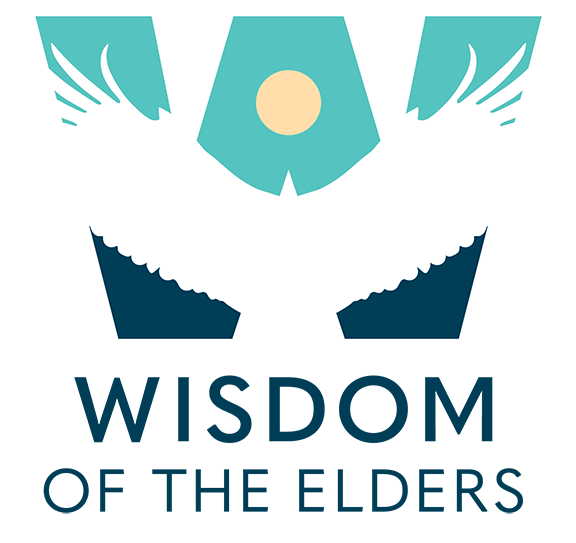Cedar
[audio:https://www.wisdomoftheelders.org/prog303/mp3/303_sl.mp3]Arlie Neskahi:
Along the Nez Perce trail in Idaho, an ancient grove of cedars still stands. Judy Bluehorse Skelton, who is Nez Perce and Cherokee, invites us on a walk, where we will come to know cedar intimately.
Judy Bluehorse Skelton:
Cedar… the tree of life. Her green laced branches curve earthward, enfolding all who step beneath her to touch her limbs and soft skin. She holds us close, like a grandmother, in a timeless embrace that feels safe, serene and loving. Her outer bark is hair-like, long reddish brown shreds hang loosely, offering herself up willingly for basket making, medicine and so many other necessities of life.
I remember the first time I was invited to go with the basket makers to gather cedar bark. While I do not consider myself a basket maker, my love of plants and medicine-making put me there that cold misty morning in march. As we walked through the forest, we noted those cedars that had been sprayed with blue paint. They were targeted for logging. It was for this reason that we had permission to gather their bark.
The forest was lush and very quiet, as cedar groves often are. But this silence was heavy, with the somber realization that some in their community had been “tagged,” marked for death. They would no longer dwell on this mountain with all their relatives.
With respect, we spread out and disappeared into the forest to find our tree. I offered tobacco and I offered a song to honor this great cedar and the life it would be giving. As I circled the tree, running my fingers around its body, my tears became one with the light rain that had started falling.
There are stories that tell of a time when the plants, animals and humans could all communicate with one another. It is perhaps this kind of communication… a communion, that sometimes takes place when we are with the plant world. Such was the case as I finished my song and touched the tree. The communion with the cedar was clear, strong and unmistakable: “Share my story with the children; share my bark, my skin, with the children. Cedar will be remembered and live on through them.” I gathered the cedar that day and have shared her twenty foot ribbons of bark with thousands of children since then.
The many gifts of cedar contribute to her status as the tree of life. Her aromatic leaves and heartwood contain anti-viral and anti-fungal properties. Her beautiful smooth–grained wood and mold-resistance made her an ideal choice for making homes, canoes, feast bowls, baskets and food-storage boxes. Native people of the northwest coast wove the soft, pliable inner bark into rain hats and capes, and dresses and skirts. Cedar’s sacred gifts of cleansing and purification, in the spiritual realm as well as the physical realm, are acknowledged and practiced today as part of ceremonial life.
A sacred grove of cedars, over one thousand years old, still stands along the Lochsa river in the Lolo Pass of Idaho. Situated near the Nimiipoo Trail, also known as the Nez Perce Trail, it is part of the Lewis and Clark trail today. My father remembers camping along the river near the cedars with his parents and sisters in the 1930’s.
Named the Devoto Cedar Grove, you can visit these remaining ancient trees by traveling Idaho’s highway 12 through the Lolo Pass. Biologists and historians are alarmed at the extensive clear-cutting of old-growth forests adjacent to the Devoto Cedar Grove site and have asked the state of Idaho to purchase these lands from the private logging companies, so they may be preserved for future generations.
The old story reminds us that it was human’s greed and disrespectful behavior that cost them their ability to communicate with the plant and animal worlds.
While we may shop at the mall for today’s necessities, cedar is still revered as the tree of life because it sustained our ancestors, and for its sacred teachings, as valuable now as they were a thousand years ago.
Flexible, but enduring; gentle, but strong; living in a circle, a grove, a community, supporting the young ones coming up and creating sacred space wherever they are. In creating sacred space, they offer us the gifts of longevity, perseverance and forgiveness.
With each breath, with each step, with each heartbeat. Osadadu.

